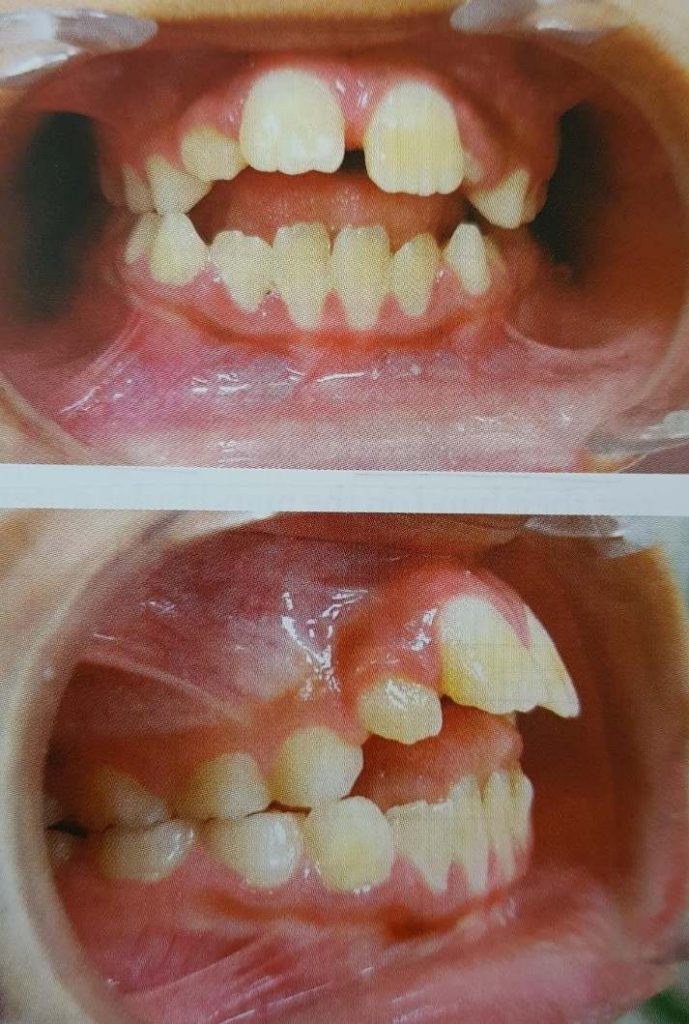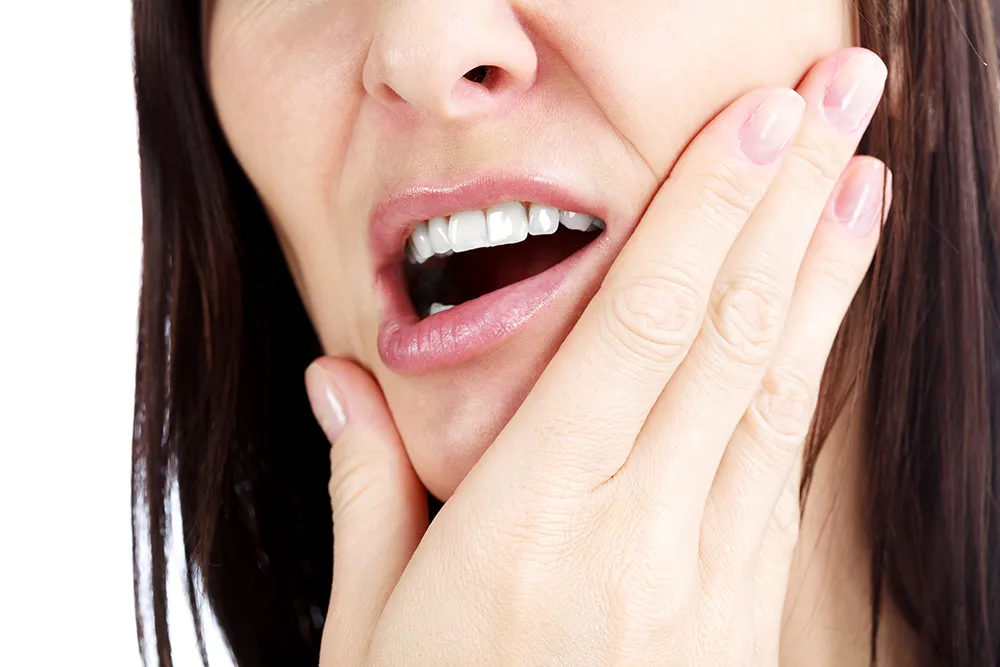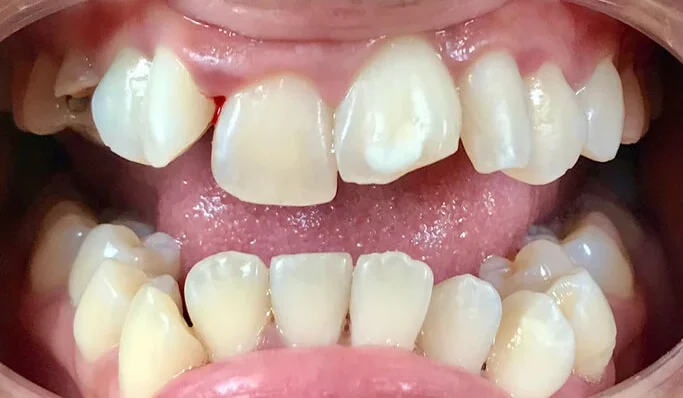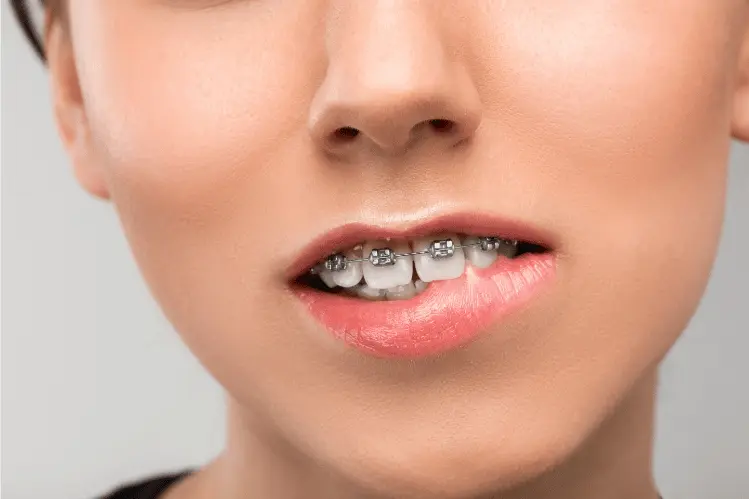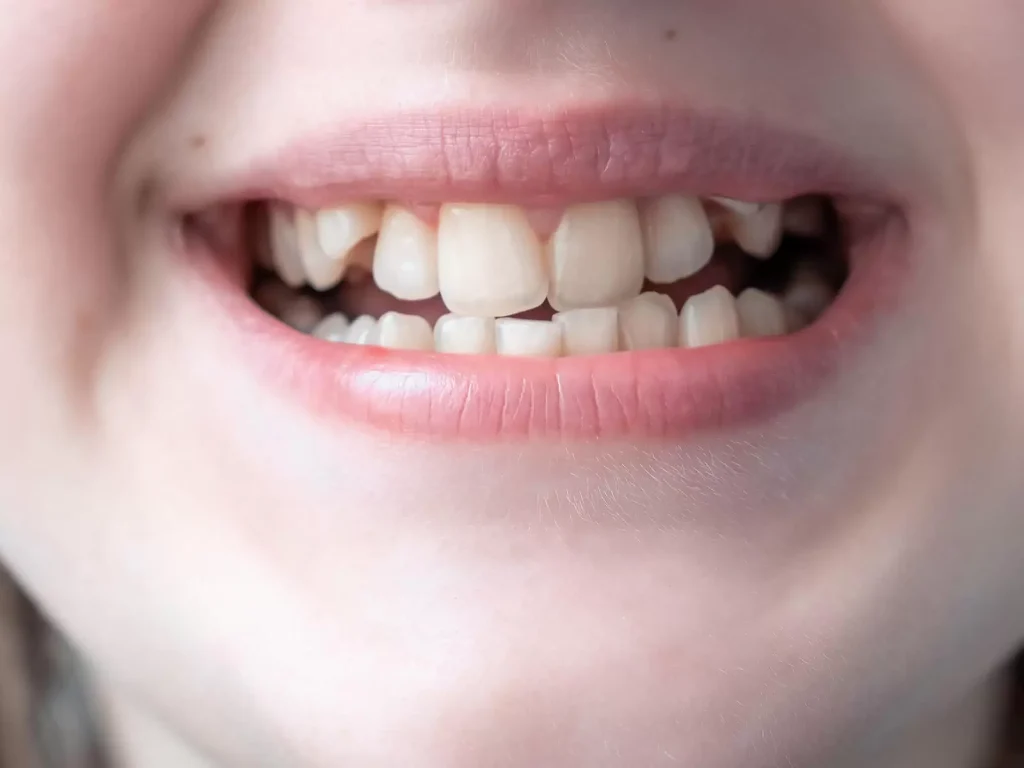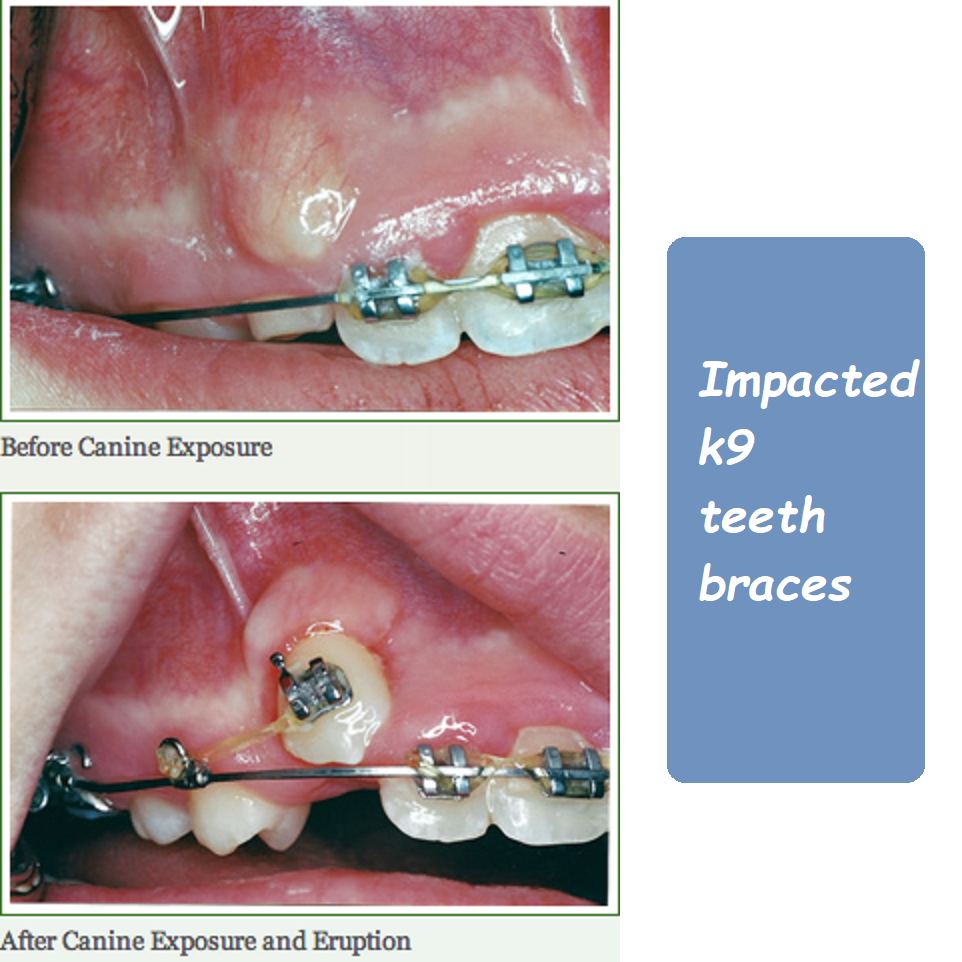if i start wearing my retainer again, will my teeth move back
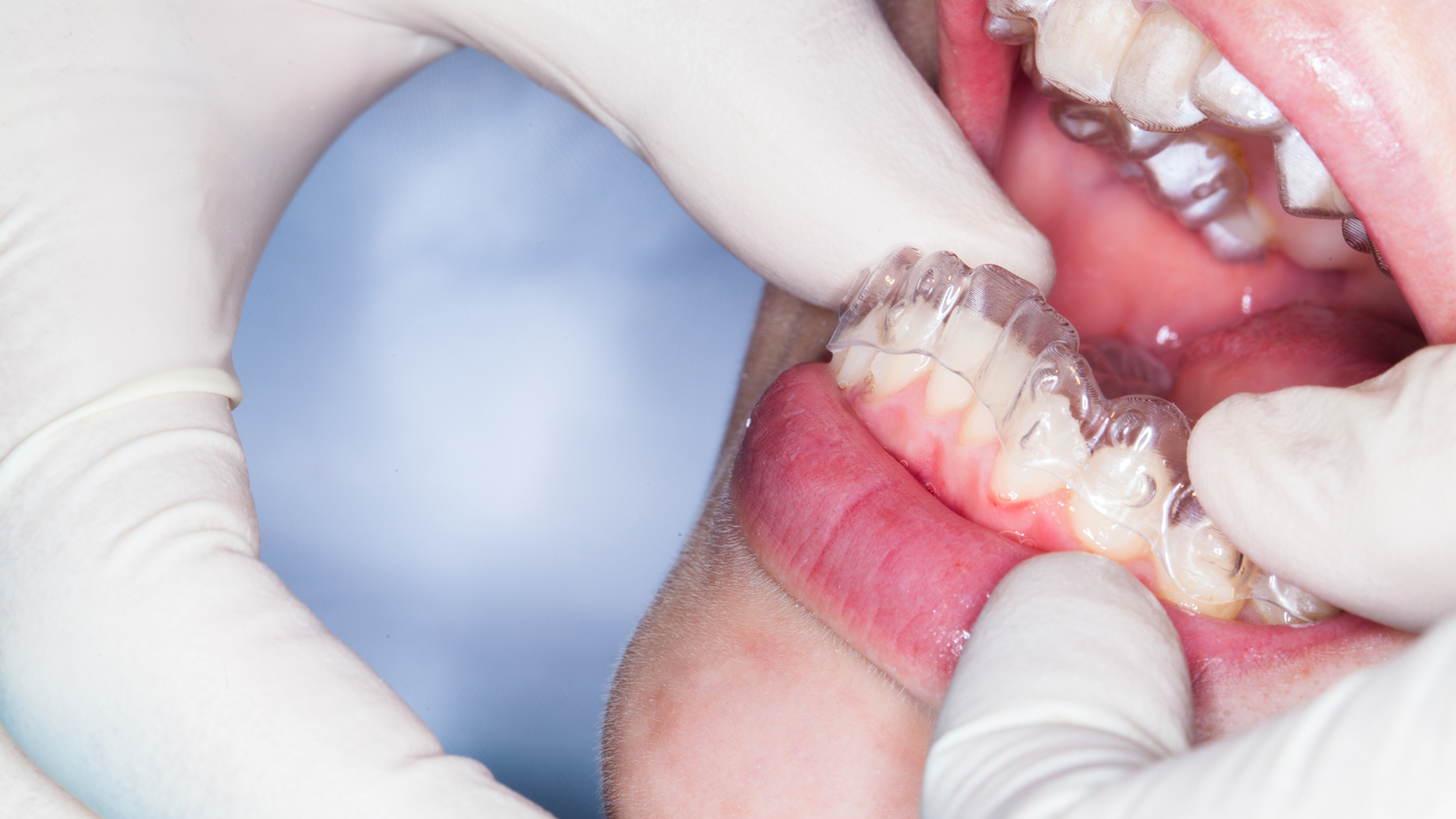
Retainers are an essential component of orthodontic treatment, used to maintain the alignment of teeth after braces or Invisalign. However, life can sometimes lead us to neglect our retainers, and teeth can begin to shift back to their original positions. This comprehensive guide explores the question: “If I start wearing my retainer again, will my teeth move back?” We will delve into the types of retainers, the reasons teeth shift, the effectiveness of wearing your retainer again, and best practices for ensuring long-term results.
Understanding Retainers and Their Purpose
1. Types of Retainers
There are primarily three types of retainers, each designed to maintain dental alignment in different ways:
- Hawley Retainers: These are made of a combination of metal wires and acrylic or plastic. They are removable and can be adjusted by your orthodontist.
- Clear Plastic Retainers: Often referred to as Essix retainers, these are custom-made clear plastic trays that fit snugly over your teeth. They are removable and nearly invisible.
- Permanent Retainers: These consist of a thin wire bonded to the back of the teeth, typically the lower front teeth. They are not removable and provide constant support to prevent teeth from shifting.
2. The Role of Retainers in Orthodontic Treatment
Retainers are used after orthodontic treatment to hold the teeth in their new positions. This phase is crucial because the tissues surrounding the teeth need time to stabilize and adapt to the new alignment. Retainers help prevent relapse, which is the tendency of teeth to move back to their original positions.
Why Do Teeth Move After Orthodontic Treatment?
Several factors contribute to the movement of teeth after braces or Invisalign:
1. Natural Tendencies:
Teeth have a natural tendency to shift over time. The ligaments and bone surrounding the teeth remember their original positions and can gradually pull the teeth back if not restrained.
2. Growth and Aging:
As we age, changes in the jawbone and surrounding tissues can cause teeth to shift. Additionally, the eruption of wisdom teeth in late adolescence can also exert pressure on adjacent teeth, causing movement.
3. Inconsistent Retainer Use:
Failing to wear your retainer as prescribed by your orthodontist increases the risk of teeth shifting. Regular and consistent use of retainers is essential for maintaining the results of orthodontic treatment.
If I Start Wearing My Retainer Again, Will My Teeth Move Back?
The short answer is that it depends. The effectiveness of wearing your retainer again to move your teeth back to their correct positions hinges on several factors, including how long you’ve neglected your retainer, the degree of movement, and the type of retainer you have. Let’s explore these factors in detail.
1. Duration of Neglect:
The longer you go without wearing your retainer, the more likely your teeth will shift significantly. If you have only missed wearing your retainer for a few days or weeks, your teeth are likely to respond quickly to wearing it again. However, if it has been months or years, the teeth may have moved too much for the retainer to be effective in reversing the changes.
2. Degree of Movement:
Minor shifts in tooth position can often be corrected by resuming the use of your retainer. However, significant movements might require additional orthodontic intervention, such as new retainers or even braces.
3. Type of Retainer:
- Hawley Retainers: These can be adjusted by your orthodontist to accommodate minor tooth movements. If your teeth have shifted slightly, a Hawley retainer might help guide them back into place.
- Clear Plastic Retainers: These are designed to fit snugly over your teeth in their most recent positions. If your teeth have shifted, the retainer might not fit properly, and you may need a new set.
- Permanent Retainers: If you have a permanent retainer and your teeth have still shifted, it indicates that the retainer has failed or wasn’t sufficient to prevent movement. Additional orthodontic treatment may be required.
Steps to Take if Your Teeth Have Shifted
If you’ve noticed that your teeth have shifted and you’re wondering if starting to wear your retainer again will help, here are some steps to take:
1. Consult Your Orthodontist:
Schedule an appointment with your orthodontist to assess the extent of the movement. They can determine whether your current retainer can help move your teeth back or if you need a new retainer or additional treatment.
2. Evaluate Your Retainer:
Check if your retainer still fits. If it’s too tight or doesn’t fit at all, wearing it might not be effective or could even cause discomfort and damage. Your orthodontist can adjust or replace it if necessary.
3. Consistent Wear:
If your orthodontist advises that wearing your retainer again can help, ensure that you follow their instructions precisely. Consistent wear is key to preventing further movement and potentially correcting minor shifts.
4. Maintain Oral Hygiene:
Proper oral hygiene is crucial when wearing a retainer. Brush and floss your teeth regularly, and clean your retainer as directed to prevent plaque buildup and oral health issues.
Preventing Future Tooth Movement
To minimize the risk of future tooth movement, follow these best practices:
1. Wear Your Retainer as Prescribed:
Adhering to your orthodontist’s instructions regarding retainer wear is the most effective way to maintain your teeth’s alignment. Over time, the frequency of wear may decrease, but some level of retainer use is usually necessary for life.
2. Regular Dental Check-Ups:
Routine dental visits allow your dentist to monitor your teeth and catch any potential shifts early. They can provide guidance on maintaining your results and address any concerns promptly.
3. Address Oral Habits:
Habits such as nail-biting, chewing on pens, or grinding your teeth can contribute to tooth movement. Work on breaking these habits to protect your dental alignment.
4. Consider Long-Term Solutions:
In some cases, permanent or long-term retainers might be the best option for preventing future movement. Discuss these options with your orthodontist.
Understanding the Limitations of Retainers
While retainers are effective at maintaining teeth alignment, they do have limitations:
1. Not a Substitute for Orthodontic Treatment:
If your teeth have shifted significantly, retainers alone may not be enough to move them back into place. Orthodontic treatment such as braces or clear aligners might be necessary.
2. Retainers Cannot Address All Issues:
Retainers are designed to hold teeth in their current positions. They cannot correct issues like severe crowding, rotations, or bite problems. These require comprehensive orthodontic treatment.
3. Wear and Tear:
Over time, retainers can wear out, crack, or lose their effectiveness. Regularly inspect your retainer and replace it as needed to ensure it continues to function properly.
The Psychological Impact of Teeth Movement
The movement of teeth after orthodontic treatment can have psychological effects, as people often invest a lot of time and money into achieving a perfect smile. Noticing that your teeth have shifted can be disheartening and impact your confidence. Understanding that wearing your retainer again can potentially move your teeth back can provide hope and motivation to address the issue.
Real-Life Scenarios and Expert Opinions
1. Minor Shifts:
Jane noticed that her teeth started to shift slightly after a few months of inconsistent retainer use. She resumed wearing her retainer diligently and found that her teeth gradually moved back into their proper positions. Her orthodontist confirmed that early intervention helped reverse the changes.
2. Significant Shifts:
John neglected his retainer for over a year and noticed significant shifts in his teeth. When he tried to wear his old retainer, it no longer fit. His orthodontist advised a new treatment plan involving new aligners to correct the misalignment before transitioning back to a retainer.
Expert Opinions:
Orthodontists emphasize the importance of consistent retainer use to maintain the results of orthodontic treatment. They recommend consulting a professional if any issues arise and stress that early intervention is key to addressing minor shifts before they become significant problems.
Advanced Techniques and Innovations in Retainers
Advancements in orthodontic technology have led to improved retainer designs and materials, enhancing their effectiveness and comfort. Here are some innovations:
1. 3D Printing:
3D printing technology allows for the precise fabrication of retainers, ensuring a better fit and improved comfort.
2. Digital Scanning:
Digital scanning replaces traditional molds, providing more accurate impressions of teeth and reducing discomfort during the retainer creation process.
3. Clear Retainer Innovations:
New materials and designs in clear retainers offer enhanced durability, comfort, and aesthetics, making them more appealing to wear consistently.
The Role of Retainers in Long-Term Dental Health
Retainers not only maintain teeth alignment but also contribute to overall dental health. Properly aligned teeth are easier to clean, reducing the risk of cavities and gum disease. Additionally, well-aligned teeth can improve bite function and reduce strain on the jaw, preventing temporomandibular joint (TMJ) disorders.
Final Thoughts
“If I start wearing my retainer again, will my teeth move back?” is a common and valid concern for those who have undergone orthodontic treatment. The answer largely depends on the duration of neglect, the degree of movement, and the type of retainer. Consulting your orthodontist and following their guidance is crucial in determining the best course of action.
Retainers play a vital role in maintaining the results of orthodontic treatment and ensuring long-term dental health. Consistent use, regular dental check-ups, and addressing any issues promptly can help prevent significant tooth movement and maintain your beautiful smile.
In conclusion, if you start wearing your retainer again, there is a good chance your teeth will move back, provided the shifts are minor and you act quickly. However, significant shifts may require additional orthodontic intervention. Prioritizing retainer use and maintaining excellent oral hygiene are key to preserving the alignment of your teeth and enjoying the benefits of your orthodontic treatment for years to come.
Will my teeth go back to normal if I wear my retainer again?
If you’ve stopped wearing your retainer and notice some shifting, wearing it again can help. However, this depends on how much your teeth have moved. If the retainer fits comfortably and isn’t causing pain, it can help realign your teeth. For significant shifts, consulting with your orthodontist is essential.
How long should I wear my retainer to make it fit again?
To make your retainer fit again and maintain your teeth alignment, wear it:
- Initially Full-Time: For the first few days to weeks, wear it as much as possible, typically 22 hours a day.
- Gradual Reduction: Once your teeth start to stabilize, you can reduce wear to nighttime only.
Always follow your orthodontist’s guidance, as they can provide specific instructions based on your situation.
How long does it take for a retainer to put your teeth back in place?
The time it takes for a retainer to reposition your teeth varies based on the amount of shifting that has occurred:
- Minor Shifts: A few days to weeks of full-time wear.
- Moderate Shifts: Several weeks to a few months.
Regular follow-up visits with your orthodontist will help monitor progress and adjust treatment as needed.
Can I wear my old retainer if it still fits?
Yes, you can wear your old retainer if it still fits comfortably and doesn’t cause pain. However, if it feels too tight or loose, or if you have any concerns, it’s best to consult your orthodontist to ensure it’s still effective and appropriate for your current dental alignment.
Can I wear my retainer after not wearing it for 2 years?
If you haven’t worn your retainer for 2 years, your teeth have likely shifted. If the retainer still fits without causing pain, you can try wearing it. However, if it’s very tight or painful, don’t force it. Schedule an appointment with your orthodontist to assess the situation and possibly get a new retainer.
Is it too late to start wearing my retainer again?
It’s usually not too late to start wearing your retainer again if it still fits. Teeth may shift back to their aligned positions with consistent use. If the retainer doesn’t fit comfortably, consult your orthodontist for advice or to get a new retainer made.
Can a tight retainer damage your teeth?
Yes, a tight retainer can potentially damage your teeth or gums. If it feels too tight, it can exert excessive pressure, leading to pain, irritation, or even shifting teeth in undesired ways. If your retainer feels too tight, it’s important to consult your orthodontist rather than forcing it into place.
Can I boil my retainer to make it fit?
No, you should never boil your retainer to make it fit. Boiling can warp and damage the retainer, rendering it ineffective or harmful to your teeth. If your retainer doesn’t fit properly, see your orthodontist for adjustments or a replacement.
Should I wear my retainer if I haven’t worn it in a while?
If you haven’t worn your retainer in a while, try it on to see if it still fits comfortably. If it fits without causing pain, start wearing it regularly again. If it’s too tight or uncomfortable, consult your orthodontist before continuing use.
Can teeth move back with a permanent retainer?
Yes, a permanent (fixed) retainer can prevent teeth from moving back to their original positions. It’s bonded to the back of your teeth and provides continuous support to maintain alignment. Regular dental check-ups are necessary to ensure the retainer stays in good condition and effectively maintains your alignment.
Can a retainer fix a gap?
A retainer can help close small gaps between teeth, particularly if the gap has formed after orthodontic treatment. However, for larger gaps or gaps that have been present for a long time, additional orthodontic treatment might be necessary.
How fast do teeth move back without a retainer?
Teeth can start to shift back to their original positions quickly without a retainer, especially within the first few months after completing orthodontic treatment. The rate of movement varies:
- First Few Weeks: Noticeable movement can occur.
- First Few Months: Significant shifting can happen, especially if teeth were recently realigned.
Continuous retainer use is crucial to prevent this relapse and maintain your new alignment.

